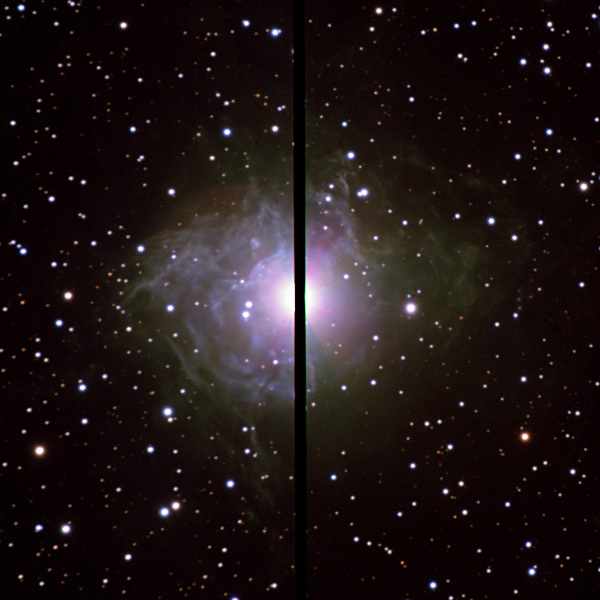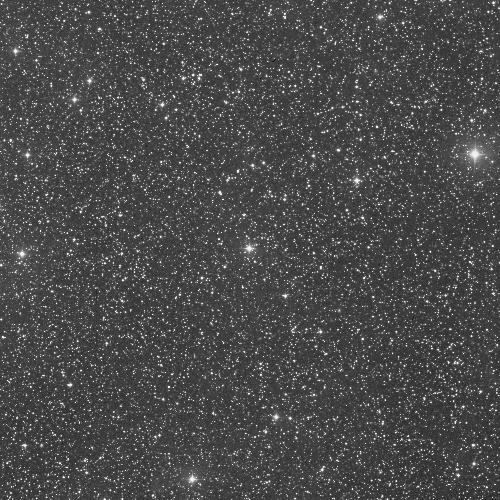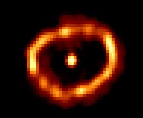Delta Scorpii: the birth of a Be star
The Be stars
Be-ness is not only an evolutionary stage in the lives of some rapidly rotating hot B-type stars but also a transient phenomenon that may come and go over the years for the same star. Several reasons have been proposed to explain the behavior of these stars and are still in debate.




